For decades, scientists have been fascinated by the idea that young blood might hold the key to reversing aging. The concept gained traction after parabiosis experiments—where the circulatory systems of young and old mice were connected—seemed to rejuvenate older animals. But what if the opposite is also true? Emerging research suggests that young blood isn’t just a fountain of youth; it may also contain inflammatory triggers that accelerate aging under certain conditions.
The focus has shifted from simply hunting for "youth factors" to understanding the complex interplay between pro-aging and anti-aging elements in blood. While young plasma contains beneficial proteins like GDF11, it also carries molecules that can exacerbate chronic inflammation—a hallmark of aging. These paradoxical findings challenge the simplistic view of young blood as a cure-all and force us to confront a more nuanced reality.
Inflammation’s Double-Edged Sword
Acute inflammation is essential for healing, but when it becomes chronic, it wreaks havoc on tissues. Researchers now suspect that some components in young blood might overstimulate the immune system in older recipients. For instance, certain cytokines present at higher levels in youth could trigger excessive immune responses in aged tissues already primed for inflammation due to accumulated damage.
This phenomenon was observed in a 2023 study where aged mice receiving young plasma showed temporary cognitive improvements but later developed heightened neuroinflammation. The researchers identified a cluster of immune-active proteins that, while beneficial in young organisms, became problematic when introduced into an aging biological context. This suggests that youth factors don’t operate in isolation—their effects depend heavily on the recipient’s physiological state.
The Mitochondrial Connection
One potential mechanism involves mitochondria. Young blood contains signaling molecules that boost mitochondrial function—usually a good thing. However, in cells with pre-existing mitochondrial dysfunction (common in aging), this sudden activation can lead to oxidative stress. The resulting flood of free radicals may overwhelm antioxidant defenses, creating an inflammatory cascade that outweighs any regenerative benefits.
Human studies have mirrored these findings. When plasma from young donors was administered to older adults with mild cognitive impairment, some participants showed increased markers of oxidative stress alongside modest cognitive gains. This paradoxical outcome highlights the delicate balance required when manipulating biological aging—what helps one system might harm another.
Beyond Simple Transfusions
The recognition of pro-aging factors in young blood has spurred more sophisticated approaches. Instead of whole plasma transfers, researchers are now isolating specific fractions or engineering synthetic cocktails that exclude problematic components. Several biotech companies are developing "clean" young plasma derivatives that retain regenerative properties while minimizing inflammatory risks.
Other teams are working on filtering systems to remove potentially harmful molecules from young donor blood. Early results suggest these processed products may provide safer alternatives, though long-term effects remain unknown. The field is moving toward precision interventions rather than blunt transfers—a necessary evolution given the complexity of aging biology.
Personalized Approaches on the Horizon
Future therapies will likely need to account for individual variation. Genetic background, epigenetic age, and baseline inflammation levels probably determine whether someone benefits from young blood components or suffers adverse effects. Some researchers propose pre-screening recipients for inflammatory markers before plasma-based interventions.
This personalized approach aligns with broader trends in anti-aging medicine. Rather than seeking universal solutions, the focus is shifting to tailored regimens that consider each individual’s unique biological landscape. As we unravel the intricate dance between youth-associated factors and aging physiology, one thing becomes clear: the path to longevity will require navigating both the light and dark sides of young blood’s influence.

By /Jul 3, 2025
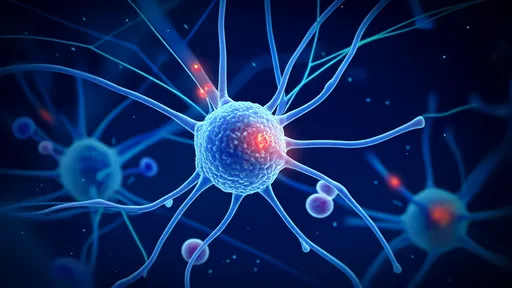
By /Jul 3, 2025
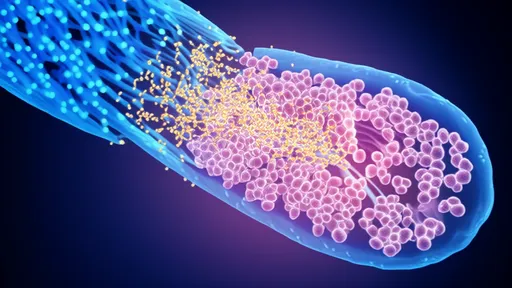
By /Jul 3, 2025
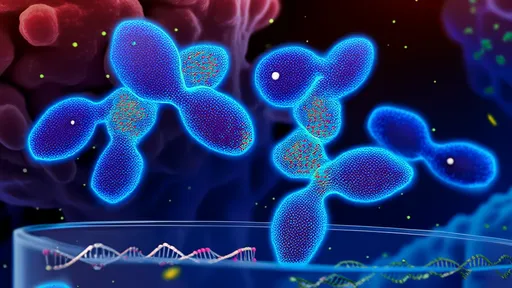
By /Jul 3, 2025
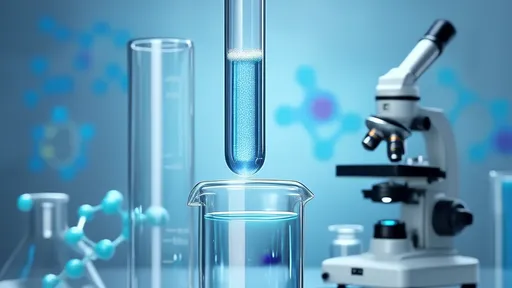
By /Jul 3, 2025
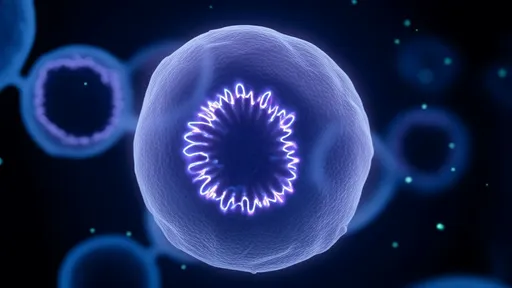
By /Jul 3, 2025
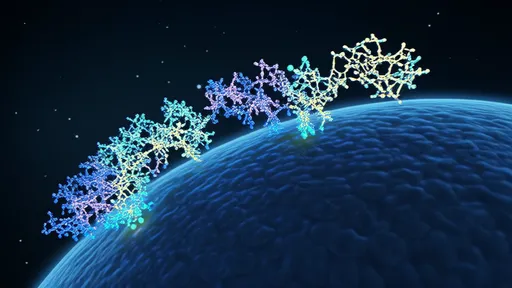
By /Jul 3, 2025
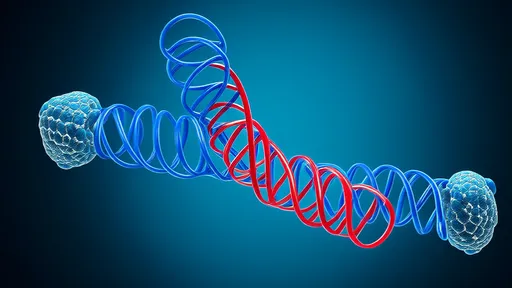
By /Jul 3, 2025

By /Jul 3, 2025
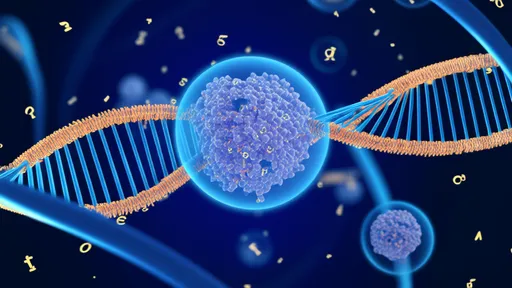
By /Jul 3, 2025

By /Jul 3, 2025

By /Jul 3, 2025

By /Jul 3, 2025

By /Jul 3, 2025

By /Jul 3, 2025
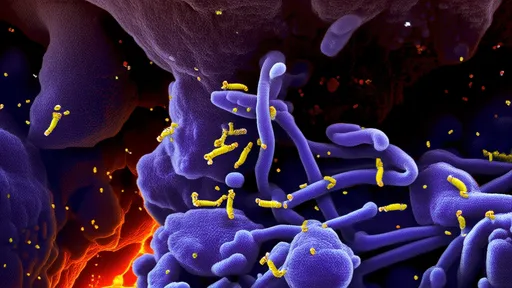
By /Jul 3, 2025
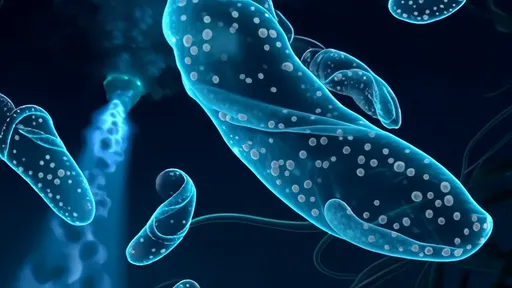
By /Jul 3, 2025

By /Jul 3, 2025